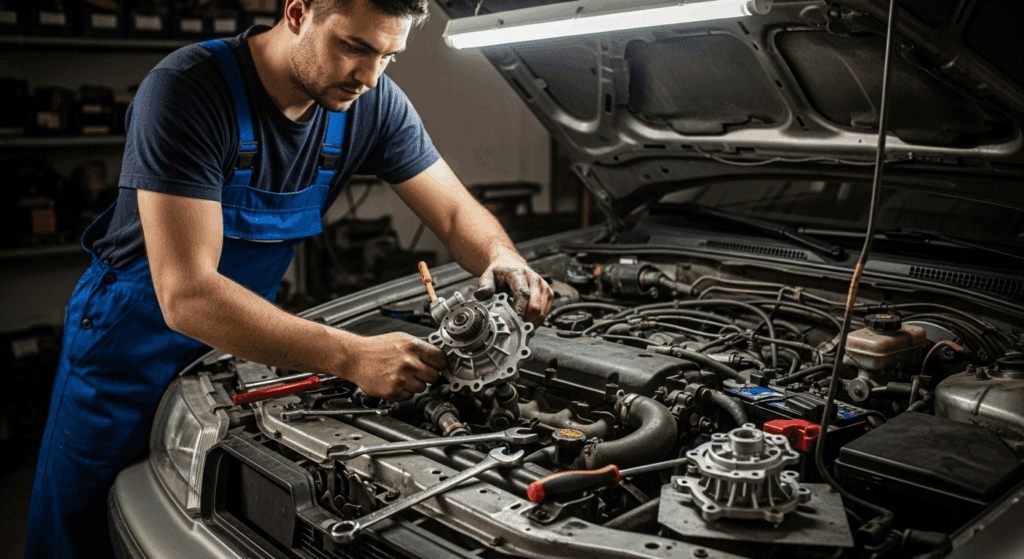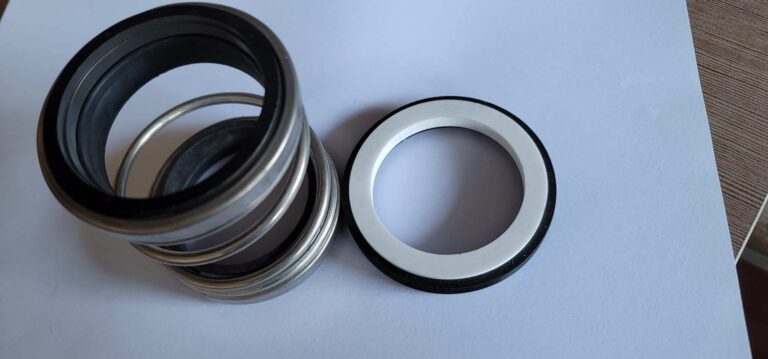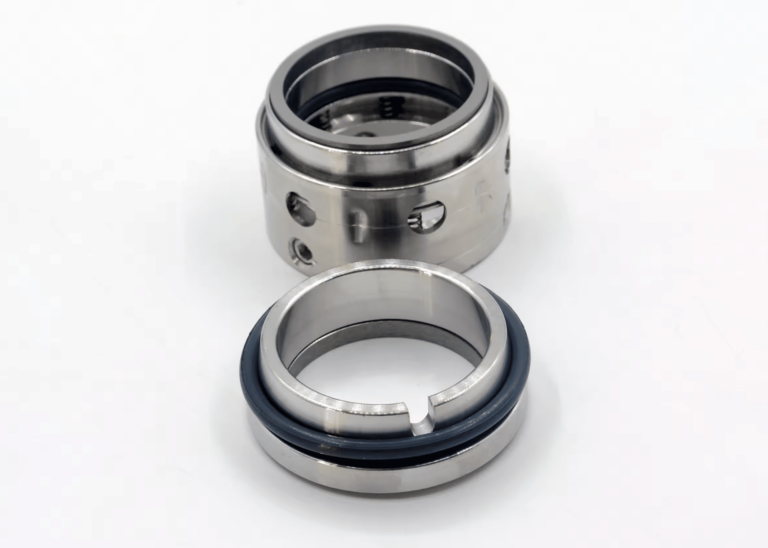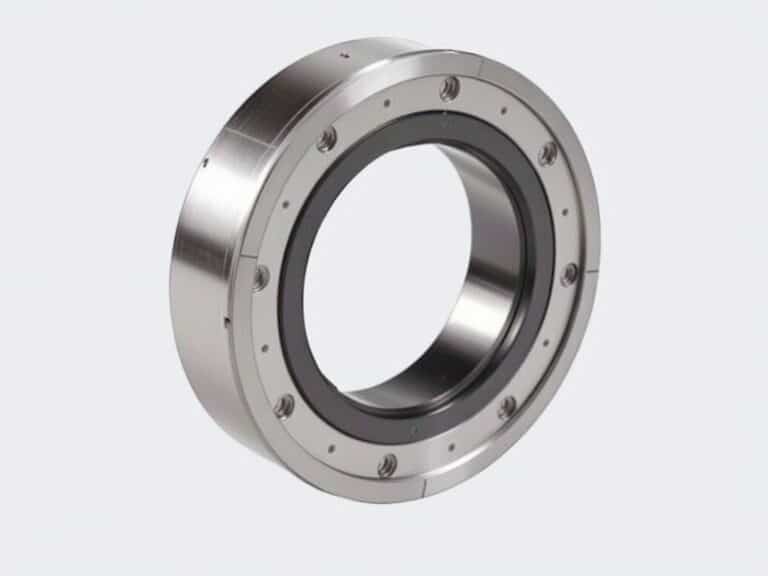A failing water pump will destroy your engine in minutes if you make the wrong decision about repair versus replacement. The difference between a $200 fix and a $1,000 engine rebuild comes down to recognizing the warning signs and acting fast.
This guide shows you exactly when to repair your existing pump, when replacement is your only option, and what you’ll pay for each choice. You’ll learn to spot the critical difference between a simple $50 belt fix and impending pump failure that needs immediate attention.

When to Replace Water Pump
Coolant Leak or Weep Hole Drip
A coolant leak from the weep hole means your water pump’s internal seal has failed and replacement is necessary. The weep hole is a small drainage port designed to alert you when the pump’s bearings are wearing out.
You’ll spot this as dried coolant streaks or puddles under your car near the front of the engine. Once coolant starts leaking here, the damage is irreversible and the pump will fail completely within weeks.
Noisy or Wobbly Pump Bearing
A grinding or whining noise from your water pump indicates the bearings are shot and you need immediate replacement. Test this by grabbing the pump pulley when the engine is off—any wobble or play means the bearings are failing.
Bad bearings can’t be repaired. They’ll eventually seize completely, potentially snapping your drive belt and leaving you stranded.
Engine Overheating Due to Pump Failure
When your engine repeatedly overheats despite proper coolant levels, your water pump’s impeller has likely failed. The impeller is the internal blade that pushes coolant through your engine.
A damaged impeller can’t circulate coolant properly, even if the pump appears to be spinning. This internal damage always requires complete pump replacement.
High Mileage / Preventive Replacement
Water pumps typically last 60,000 to 90,000 miles, so consider replacement as preventive maintenance at this interval. Think of it like changing your timing belt—it’s cheaper to replace before it fails.
Preventive replacement costs around $300-800. Emergency replacement after overheating damage can cost $3,000 or more if your engine warps.
Timing Belt Replacement Interval
Always replace your water pump when changing the timing belt since labor costs overlap significantly. The mechanic has to remove many of the same parts to access both components.
You’re essentially getting the water pump replacement at half price by combining these jobs. Skipping it means paying full labor costs again in a few years.
Visible Damage or Corrosion
Severe rust, cracks, or pitting on your water pump housing requires immediate replacement. These visible signs indicate the pump’s structure is compromised.
Corrosion weakens the pump body and can lead to catastrophic failure without warning. Once you see orange rust or green corrosion deposits, replacement is your only safe option.
Frequent Breakdowns Within a Short Timeframe
Multiple pump failures within 6-12 months signal a deeper problem that replacement will solve. This pattern often indicates contaminated coolant or system-wide issues.
Replacing the pump along with a complete cooling system flush breaks this failure cycle. Continuing repairs just throws money at symptoms instead of fixing the root cause.
The Pump Constantly Runs Without Maintaining Adequate Pressure
A pump that runs continuously but can’t maintain pressure has worn internal components beyond repair. This happens when the impeller blades erode or the internal clearances become too large.
You’ll notice poor heater performance and temperature fluctuations even though the pump seems to be working. Only replacement restores proper pressure and flow.
The System is Outdated and Inefficient
Water pumps over 15 years old should be replaced even if still functioning, as newer designs are 30-40% more efficient. Modern pumps use improved impeller designs and better bearing technology.
Upgrading saves fuel by reducing engine drag and provides better cooling capacity for modern driving conditions.
When to Repair Water Pump
External Fixes (Belts or Pulley)
You can repair external components like drive belts or pulleys for $50-150 instead of replacing the entire pump. A squealing belt or wobbly pulley doesn’t mean the pump itself is bad.
Check these external parts first. Replacing a $30 belt beats a $500 pump replacement when the pump internals are still good.
Gasket or Seal Replacement
Minor leaks from the mounting gasket can be repaired for $100-200 without replacing the pump. This only works if the leak is from where the pump meets the engine block, not from the pump body itself.
A mechanic can reseal the mounting surface if caught early. Once coolant penetrates the bearing area, though, you’ll need full replacement.
Temporary Leak Sealants
Stop-leak products can buy you 2-3 months for a $15 bottle if you’re facing financial hardship. These polymer sealants expand when exposed to air at the leak point.
Use this only as an emergency measure while saving for proper repairs. Long-term use clogs your radiator and heater core.
Less Than 10 Years Old and Experiencing Its First Major Problem
Pumps under 10 years old with their first issue often merit repair rather than replacement. A quality pump should last 7-10 years, so early failure usually indicates an external problem.
Fix the root cause—like contaminated coolant or a failing thermostat—and repair the pump. You’ll likely get several more years of service.
Repair Costs Are Less Than 50% of Replacement Cost
Repair makes financial sense when it costs less than half of full replacement price. For a $600 replacement quote, any repair under $300 is worth considering.
Factor in your pump’s age and overall vehicle condition. A $250 repair on a 5-year-old pump in a well-maintained car is smart money.
Cost of Replace or Repair Water Pump
Water pump replacement costs $300-800 for most vehicles, with luxury and diesel models reaching $1,200. Parts run $50-200, while labor accounts for the majority at $250-600.
Labor costs vary because pump accessibility differs drastically between vehicles. A Honda Civic’s pump takes 2 hours to replace, while a BMW’s might take 6 hours.
Repair costs range from $50 for a belt replacement to $300 for resealing work. Emergency roadside replacement can double these prices.
DIY replacement saves 60-70% but requires intermediate mechanical skills. You’ll need basic tools plus model-specific knowledge about bleeding the cooling system properly.




